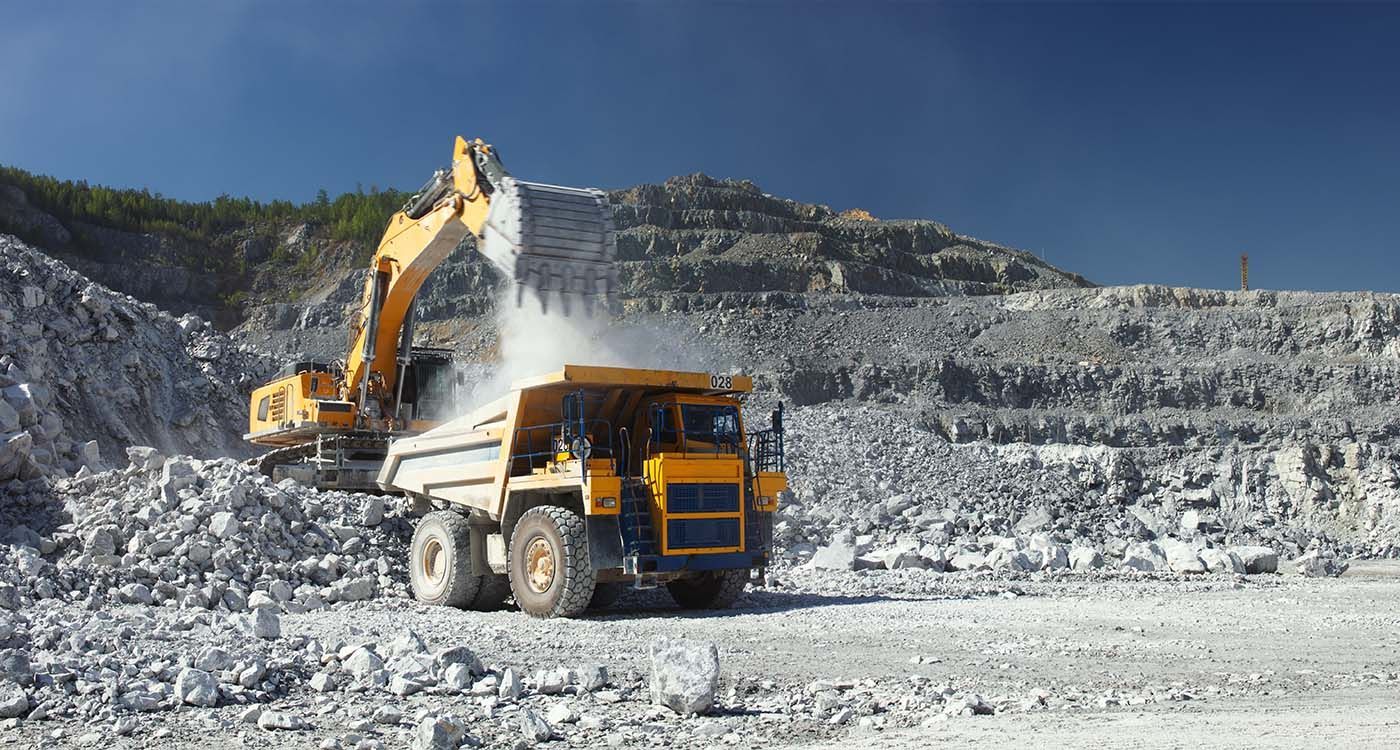
Item 27 on the agenda of the Council of Ministers, which is scheduled to meet Thursday afternoon, has reignited long-standing anger in Koura. The request by the National Cement Company for a permit to “operate and rehabilitate” its quarries in Kfarhazir and Bedbahon immediately brought back to residents the memory of a two-decade-long struggle against an industry with devastating environmental and health consequences.
This highly sensitive issue, which will be discussed at the Council of Ministers, touches on a far broader question: what do we really know about the quarry sector in Lebanon? Amid legislative gaps, political and economic networks, and severe environmental impacts, the available data underscore the scale of a national disaster that has become systemic.
A Massive and Largely Illegal Industry
The Koura case is just the tip of the iceberg of a sector that has been spiraling out of control for decades. The most reliable official figures come from a 2023 study by the United Nations Development Programm (UNDP). It reported more than 1,230 quarries across Lebanon, covering nearly 15 million square meters, with a total extracted volume of 196.87 million cubic meters, the equivalent of decades of massive extraction carried out almost entirely in a regulatory vacuum.
Based on a methodology that accounts for the value of extracted materials, the cost of land degradation, the expenses required for rehabilitation according to international standards, and the fiscal compensations owed to the state, the UNDP study estimates that the cumulative economic damage amounts to at least 2.394 billion dollars. This figure was calculated without including compensation for pain and suffering or punitive damages, suggesting that the true cost could be even higher.
In other words, this calculation does not take into account the health consequences, permanent agricultural losses, the destruction of natural habitats, lasting contamination of groundwater, or the depreciation of land. In many regions, the damage can no longer be undone. The disappearance of the prehistoric Antelias cave, destroyed by a quarry, remains one of the most striking symbols of this collective irresponsibility.
The report also points to a serious concern: despite the formal rehabilitation obligations set out in Decree 8803/2002, almost none of the operators have paid the required sums or carried out meaningful restoration of degraded sites. The study explicitly warns against widespread public myths. In other words, claims that operators have restored the ravaged areas are unfounded. The cost of rehabilitation – also estimated in the hundreds of millions of dollars – remains entirely the responsibility of a cash-strapped state.
Even more striking is the high proportion of illegal quarries. Data from several environmental NGOs and the National Center for Scientific Research (CNRS) estimate that 60 to 75 percent operate without proper permits or rely on misappropriated authorizations, such as land bonuses, stock relocations, or road openings. Additionally, 87 percent of the quarries studied threaten groundwater, and 62 percent are located in areas clearly unsuitable for extraction, including steep slopes, fragile soils, or proximity to homes and water sources.
A Deliberately Engineered Legal Vacuum
In theory, the extraction of construction materials in Lebanon is governed by Decree 8803 of 2002, amended in 2006. It requires environmental impact studies, bank guarantees for site rehabilitation, the mandatory involvement of a geologist and an engineer, strict limits on the use of explosives, and a maximum permit duration of five years, extendable to ten for cement companies. On paper, the regulatory framework appears coherent. In practice, however, it is almost never enforced. A more comprehensive draft law, drawn up in 2007, remains buried in administrative drawers and has never once been presented to the Council of Ministers. This enduring deadlock underscores the strength of political and economic resistance.
At the heart of the problem lies an entire rent-based economy built on unregulated extraction. Many quarry owners are connected to influential political networks. Some municipalities turn a blind eye in exchange for local revenue. Security forces lack independence, while the involvement of multiple ministries in the permitting process dilutes responsibility. Several researchers argue that, in some cases, operators wield more power than the state itself, which helps explain the opacity, the difficulty of accessing information, the threats against activists, and even the risks faced by journalists documenting these sites.
Adding to this internal dynamic is a decisive regional factor: the future reconstruction of Syria. The demand for construction materials could soar, increasing the temptation to turn Lebanon into a hub for unregulated extraction aimed at the neighboring market. If current trends continue, CNRS experts warn, the land scarred by quarries could double by 2035.
Thursday’s debate over the Koura case is far more than a local issue. It directly raises the question of the Lebanese state’s ability – or inability – to regain control of a sector devastated by decades of impunity. The fate of the Kfarhazir quarries will demonstrate the government’s true political will. One thing, however, is certain: without deep reform, effective oversight, and a break from this rent-based system, Lebanon will continue to be literally carved apart.





Comments